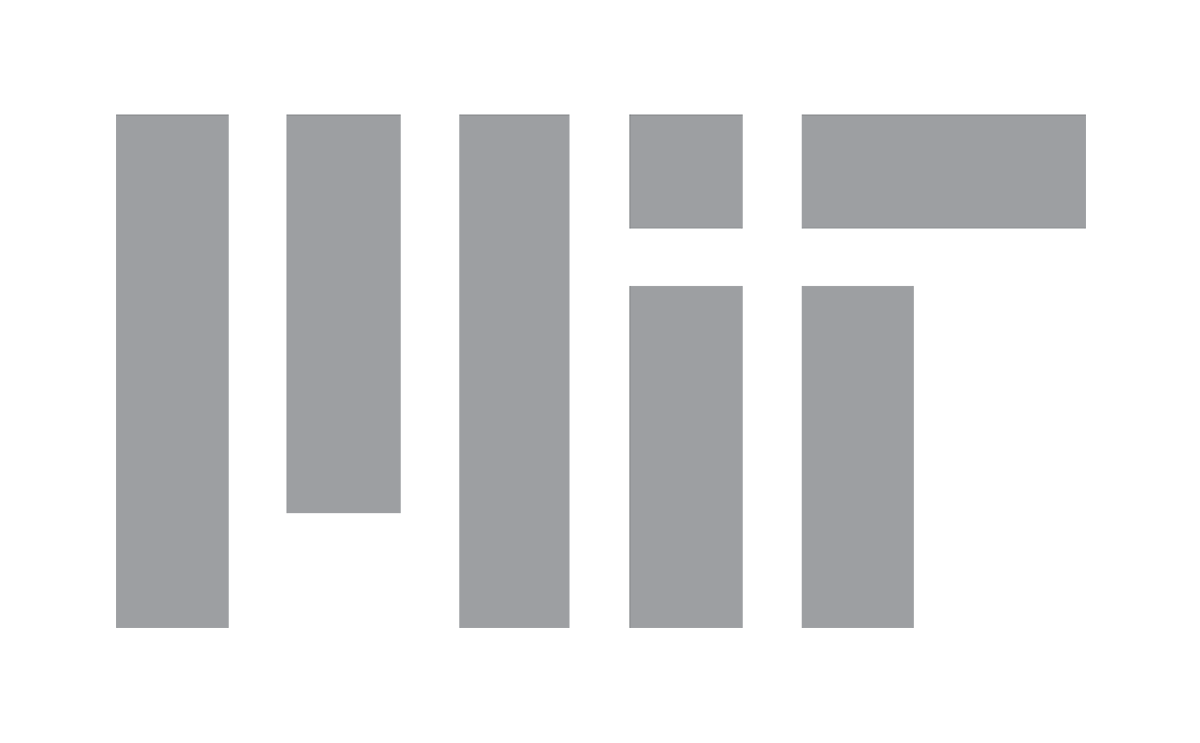This paper relies on interviews and documentary evidence to describe federal RD&D policy for SO2 and NOx emissions controls for coal-fired power plants from 1970 to 2000 and to assess its impact on technology development. The narrative begins by describing the RD&D program of the EPA in the 1970s, which many observers deem to have been successful, but which was largely dismantled after the election of Ronald Reagan to the presidency in 1980. We then turn to the contributions of the U.S. Department of Energy (DOE), which has been the main federal agency operating in this area since 1980, and particularly to DOE’s Clean Coal Technology Demonstration Program (CCTDP), which began in 1985. The narrative as a whole suggests a mixed verdict on the effectiveness of past federal emissions control RD&D.
In the paper’s conclusion, we mine this narrative history for insights that may be useful to current policy-makers. We argue first that regulatory pull is a necessary component for an effective greenhouse gas reduction policy, while technology push is not. However, a well-designed technology push may enhance the impact of regulation and lower the cost of compliance. Second, we should not expect that these two components will be well-aligned, due to the differences in the institutional frameworks for making the two types of policy. Third, RD&D policy should not be judged a failure if the technological options it supports are not widely commercialized or adopted. Instead, the standard should be whether RD&D led to options that might have been widely adopted if circumstances (regulatory, market, and technical) had been somewhat different. Determining what constitutes a plausible range of circumstances for application of this standard is a job that should be delegated to program managers, who must be able to exercise independent judgment, advised by technical experts who are drawn from diverse backgrounds.

